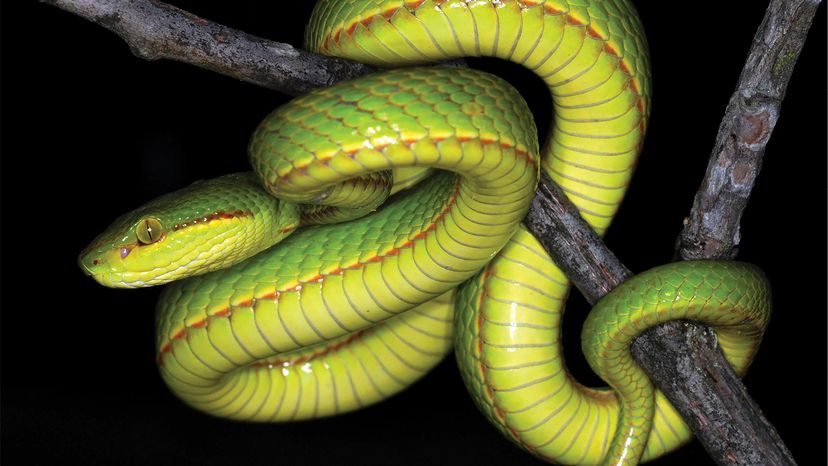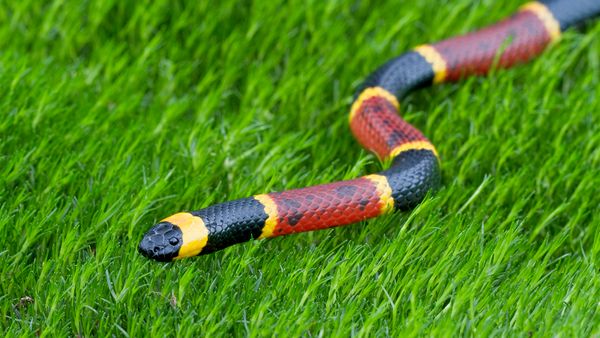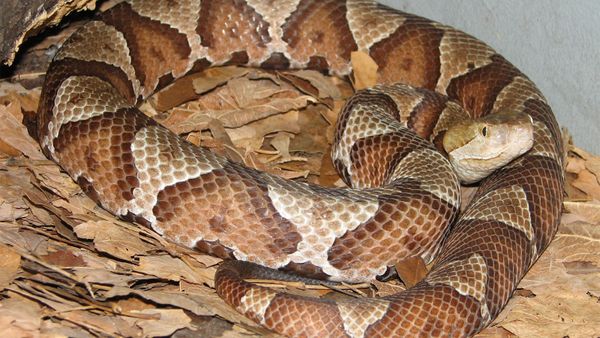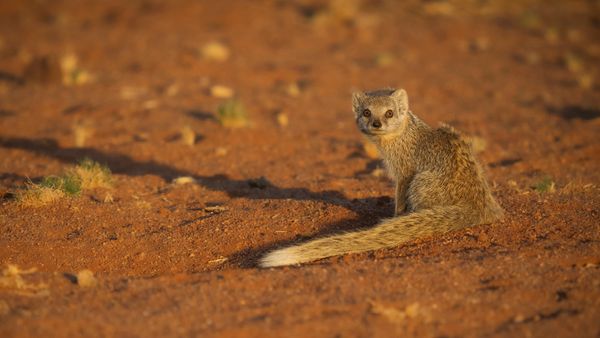
According to the California Academy of Sciences, researchers discovered 71 new animal and plant species in 2019. One of those animals was a new species of green pit viper found in India.
That a new species of snake was discovered in India is not terribly surprising. After all, India is home to more than 300 species of snakes and more than 30 of them are classified as venomous meaning they can produce venom harmful to humans.
Advertisement
No, the surprising feature about this previously unknown serpent is its name – Trimeresurus salazar which Harry Potter fans will recognize immediately. Researchers named the new species after Salazar Slytherin, a character in the wildly popular Harry Potter book series by J.K. Rowling. Slytherin was a founder of one of the four houses at Hogwarts School of Witchcraft and Wizardry. The snake was the symbol of Slytherin house, in part, because of the founder's ability to speak "parseltongue," the language of snakes.
In reality, the genus trimeresurus is fairly common. There are approximately 50 other such venomous snakes with sensory pits in their head used both for movement and hunting prey. But researchers found other important differences when comparing T. salazar — or to use the suggested common name: Salazar's pit viper — to the species to which they are most similar. Specifically, Salazar's pit viper had a different number of teeth, its hemipenis (sex organ) was formed differently and, most strikingly, in males, the bright green viper had an orange/reddish stripe down each side of its head.
The good news is that Salazar's pit vipers apparently don't live in a Chamber of Secrets but in a region of India very close to the Himalayas known for its still undocumented biodiversity. Who knows? Maybe researchers will find a Hippogriff next.
Advertisement


